In the transportation industry, particularly for those involved in logistics and freight movement, the integrity and performance of semi-trailers are paramount. One common issue that can plague the operation of these vehicles is the appearance of wavy tires. A seemingly subtle problem, this condition can lead to significant implications for safety, efficiency, and overall fleet management. This article delves deep into the reasons behind wavy tires on semi-trailers, as well as preventative strategies and corrective measures.
Table of Contents
- Introduction to Wavy Tires
- Common Causes of Wavy Tires
- 2.1 Unbalanced Load Distribution
- 2.2 Improper Tire Pressure
- 2.3 Misalignment Issues
- 2.4 Tire Quality and Construction Defects
- Symptoms Associated with Wavy Tires
- The Risks of Ignoring Wavy Tires
- Prevention Strategies
- 5.1 Regular Maintenance Checks
- 5.2 Load Management Best Practices
- 5.3 Importance of Tire Quality
- Corrective Actions
- 6.1 Realignment and Balancing
- 6.2 Tire Replacement Options
- 6.3 Professional Inspection
- Conclusion
- Frequently Asked Questions
1. Introduction to Wavy Tires
Wavy tires, commonly referred to as “cupped” or “scalloped” tires, exhibit a wavelike pattern along their tread surface. This phenomenon impacts tire performance and can be detrimental to road safety, leading to increased wear and decreased traction. Understanding the multitude of factors that contribute to this issue is essential for fleet managers and drivers alike.

2. Common Causes of Wavy Tires
2.1 Unbalanced Load Distribution
One primary factor contributing to the development of wavy tires is unbalanced load distribution across the semi-trailer. When the cargo is not evenly spread out, specific tires endure more stress and wear disproportionately. This scenario ultimately manifests as unraveling tire tread, resulting in a wavy appearance.
Tip: Implementing a systematic loading process can help maintain an optimal center of gravity and ensure even weight distribution.
2.2 Improper Tire Pressure
Tire pressure fluctuates based on various factors, such as temperature and load. Operating a semi-trailer with tires that are either over-inflated or under-inflated can lead to excessive wear. Under-inflation causes the tire’s outer edges to wear out quicker, whereas over-inflation can lead to faster wear in the center of the tread, both of which can create unintended waves in tire texture.
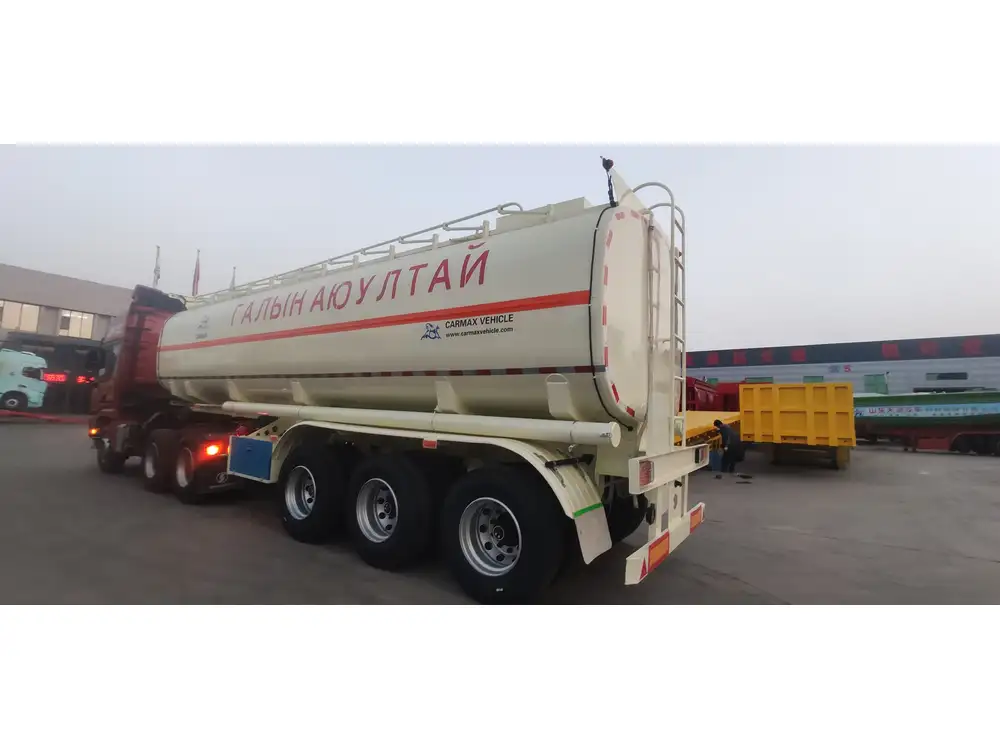
2.3 Misalignment Issues
Another frequent culprit of wavy tires is misalignment, which occurs when the axles are not positioned correctly concerning the chassis of the semi-trailer. Misaligned tires will wear unevenly, leading to part of the tread becoming significantly thinner compared to the rest, which can create an undulating appearance.
- How to Detect Misalignment:
- Uneven tire wear patterns.
- Vehicle pulling to one side.
- Vibration in the steering wheel.
2.4 Tire Quality and Construction Defects
The quality of tires plays a crucial role in their endurance and behavior over time. Poorly constructed tires or those made from inferior materials are prone to uneven wear, contributing to the development of the wavy pattern. Purchasing high-quality, reputable tire brands can mitigate this risk significantly.
3. Symptoms Associated with Wavy Tires
Recognizing the symptoms of wavy tires is essential for timely intervention. Key indicators include:
- Increased vibrations during driving.
- Noticeable changes in handling or steering response.
- Decreased fuel efficiency.
- Visible irregularities in tire tread.
Regular inspections and attentive driving can help in identifying these signs early on.
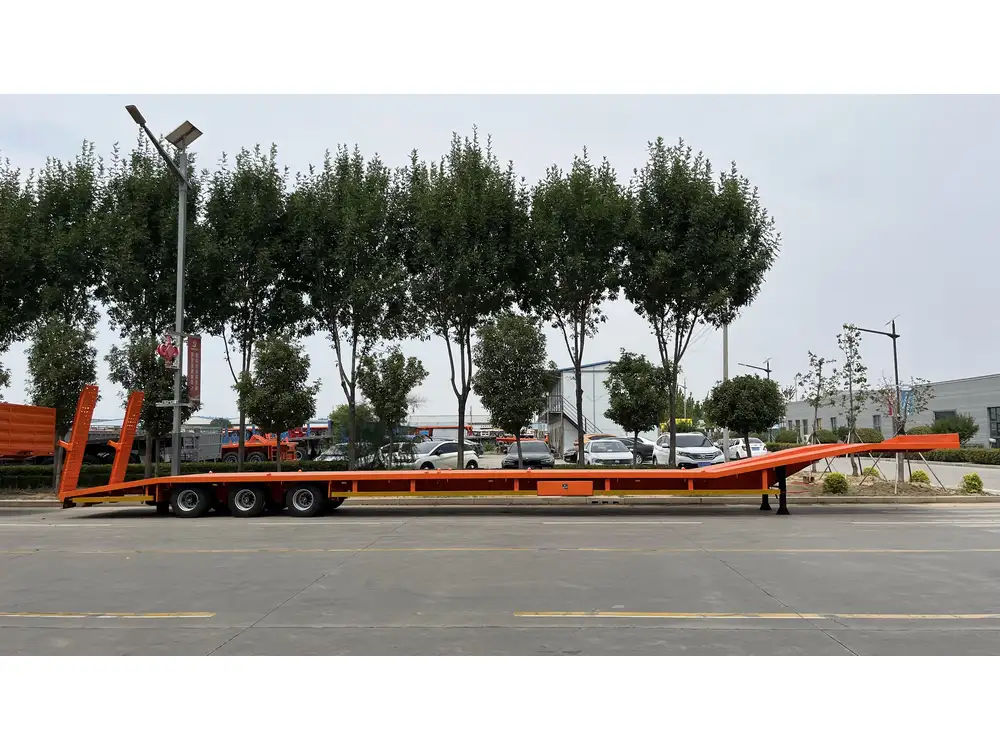
4. The Risks of Ignoring Wavy Tires
Failing to address wavy tires could lead to a cascade of problems. Principal risks include:
- Increased Stopping Distance: Tires in poor condition do not provide the same level of traction, leading to longer stopping distances, which could jeopardize safety.
- Reduced Fuel Efficiency: Wavy tires create more rolling resistance against the road. Increased energy expenditure translates to decreased fuel economy, impacting operational costs.
- Potential Blowouts: Severe wear can create weak points, raising the risk of tire blowouts, especially under heavy loads or high speeds.
5. Prevention Strategies
5.1 Regular Maintenance Checks
Conducting routine maintenance checks for semi-trailers can prevent the development of wavy tires. Comprehensive inspections should include:
- Tire tread depth measurement.
- Pressure checks to ensure compliance with manufacturer specifications.
- Visual inspections for signs of uneven wear.
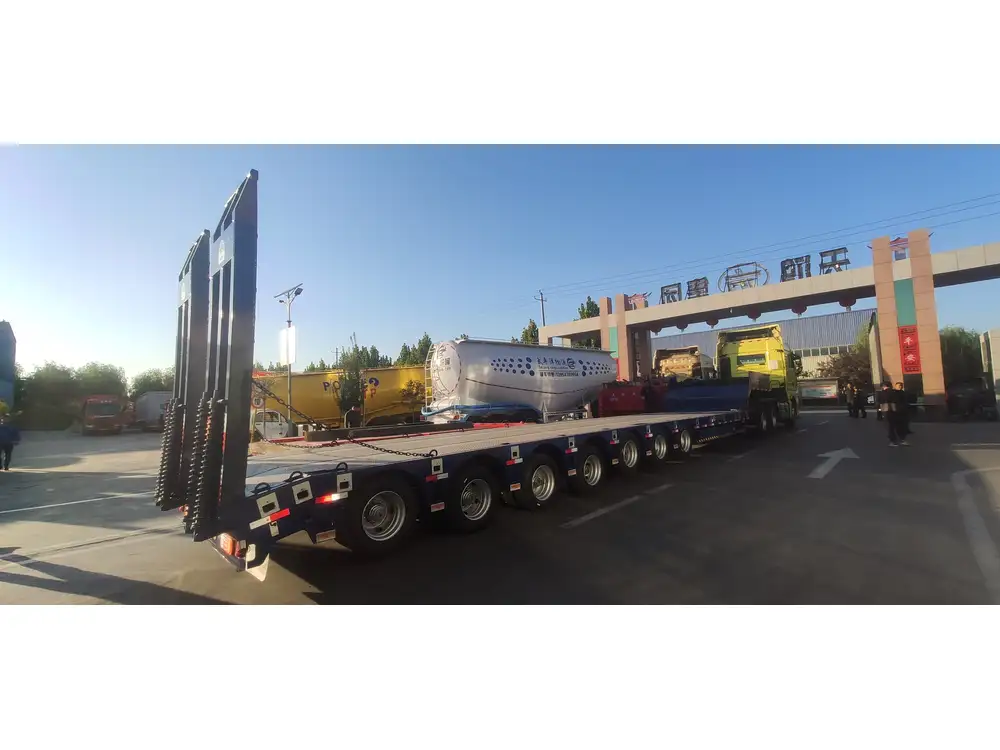
5.2 Load Management Best Practices
Employing effective load management strategies can reduce the occurrence of wavy tires. Tips for better load management include:
- Utilizing weight distribution tools.
- Following the “heavy on the bottom, light on the top” principle.
- Documenting load weights for future reference.
5.3 Importance of Tire Quality
Investing in high-quality tires tailored for the specific conditions under which the semi-trailer operates can significantly mitigate the risk of wavy tires. Preferred features include:
| Feature | Benefits |
|---|---|
| Durable Materials | Enhanced resistance to wear |
| Tread Design | Improved traction capabilities |
| Manufacturer Warranty | Peace of mind and protection |
6. Corrective Actions
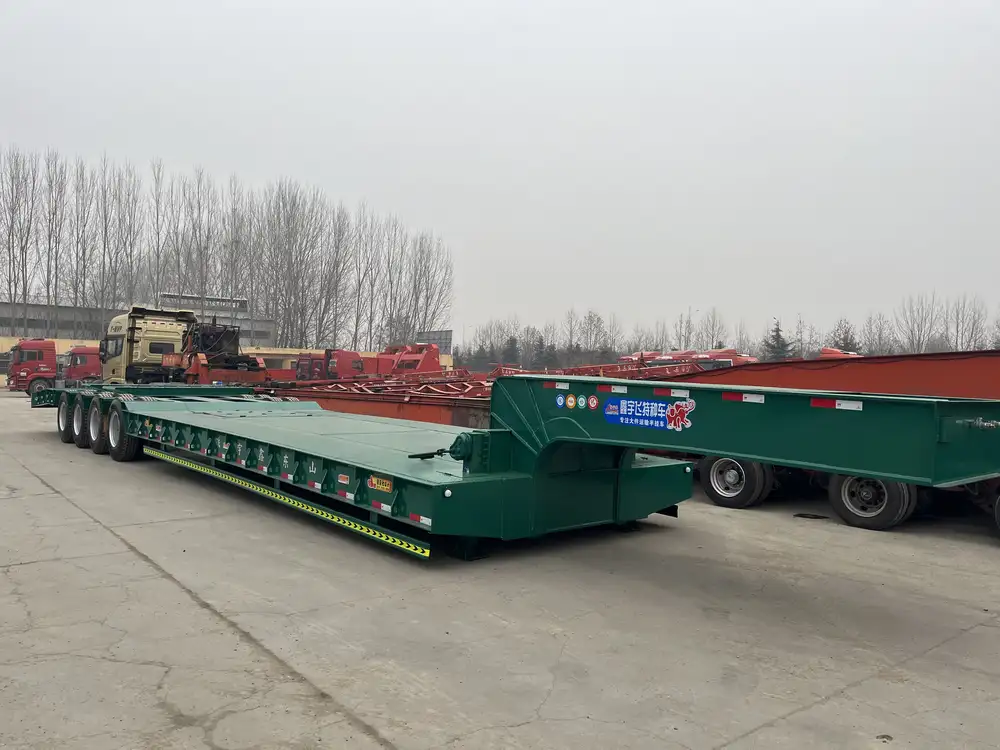
6.1 Realignment and Balancing
If misalignment is identified as a cause, addressing it swiftly is crucial. Utilizing professional services for realignment and wheel balancing will ensure that the entire system is restored to proper operational conditions.
6.2 Tire Replacement Options
When tires have become excessively wavy, replacement may be necessary. Evaluate replacement options that consider:
- Tire compatibility with the semi-trailer.
- Load ratings to meet operational requirements.
- Seasonal variations to ensure optimal performance.
6.3 Professional Inspection
In cases where the issues persist despite taking preliminary corrective actions, seeking professional inspection services from certified mechanics is advisable. They can identify underlying problems that may not be immediately apparent to the average operator.
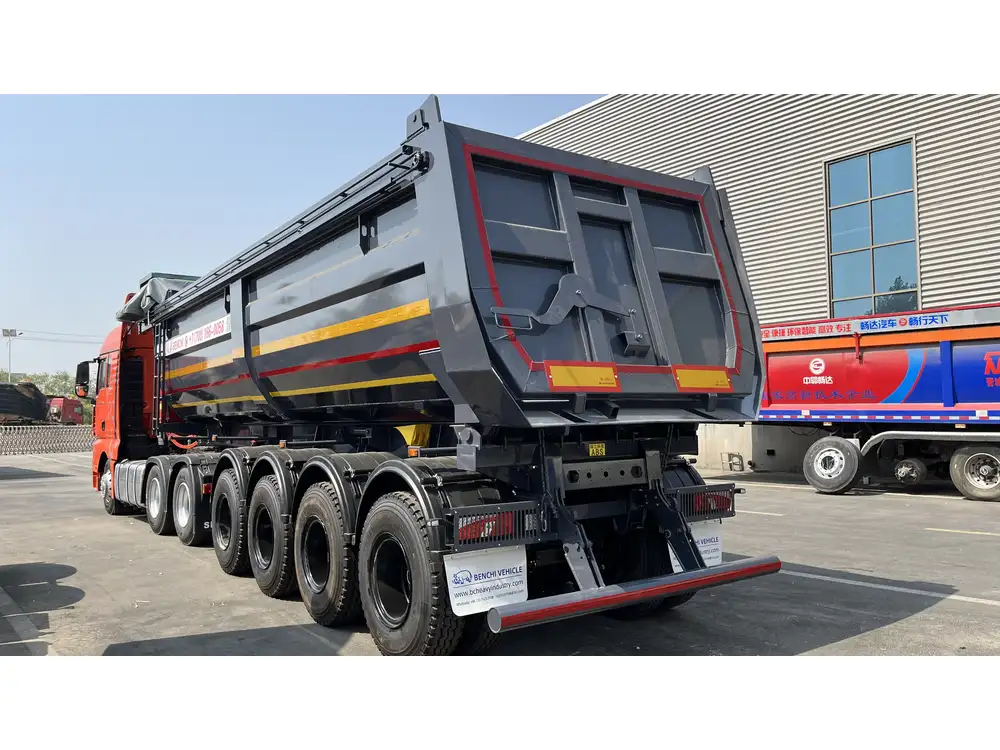
7. Conclusion
The phenomenon of wavy tires on semi-trailers is a challenge that requires attention and proactive management. Understanding the causes, identifying symptoms, and implementing appropriate prevention and corrective measures can aid operators in maintaining tire integrity, enhancing safety, and improving operational efficiency.
By adhering to structured maintenance protocols and emphasizing load management, it is possible to minimize the occurrence of wavy tires and foster a more reliable fleet operation.
8. Frequently Asked Questions
Q: How often should I check my semi-trailer tires?
A: It is advisable to inspect your tires at least once a month and before long trips to ensure optimal performance.
Q: Can wavy tires be repaired?
A: In most cases, wavy tires should be replaced rather than repaired, as the structural integrity of the tire may have been compromised.
Q: Are there specific brands that are recommended for semi-trailer tires?
A: Yes, reputable brands such as Bridgestone, Michelin, and Goodyear are highly recommended for their quality and performance in the trucking industry.
Q: What should I do if I experience increased vibration while driving?
A: If you notice vibrations, pull over safely and inspect the tires and wheels. Do not continue driving until the issue has been addressed.
By ensuring that the essential information regarding wavy tires is accessible, fleet managers and drivers can better respond to this challenge, bolster road safety, and enhance operational effectiveness.



